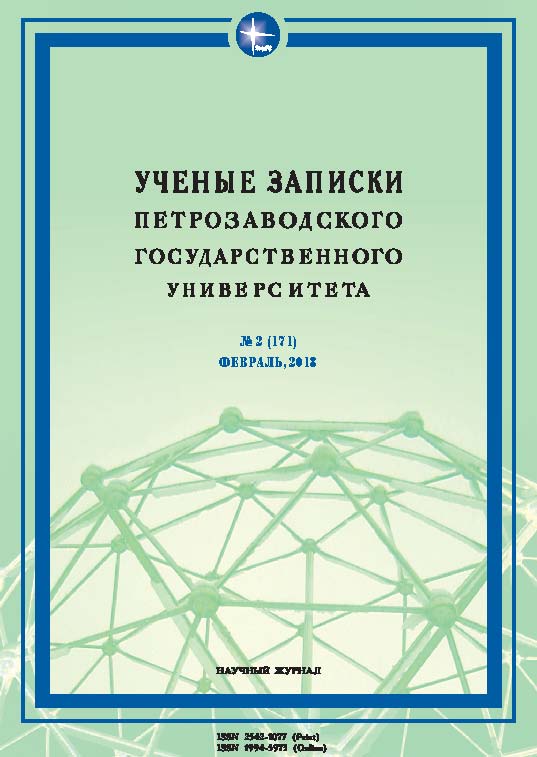ДРЕВНОСТИ X – НАЧАЛА XI ВЕКА В КАРЕЛИИ И ЮГО-ВОСТОЧНОМ ПРИЛАДОЖЬЕ:
ЭТНОКУЛЬТУРНЫЙ АСПЕКТ
THE 10TH – EARLY 11TH CENTURY ARTIFACTS IN KARELIA AND IN THE SOUTHEASTERN
LADOGA REGION: ETHNOCULTURAL ASPECT
Author(s): Svetlana Ivanovna KochkurkinaSubject(s): History, Archaeology
Published by: Петрозаводский государственный университет
Keywords: Karelia and Southeastern Ladoga region; Scandinavian jewelry; chemical analysis of non-ferrous metal; ethnocultural contacts
Summary/Abstract: This is the fi rst presentation of the catalogue of the 10th – early 11th century artifacts retrieved from archaeological sites in Karelia (11 sites) and tumuli of the Southeastern Ladoga region (74 localities).The catalogue includes decorative items (various types of fi bulae, pendants, neck-rings, bracelets) and weaponry (swords, some types of axes and spearheads, shield-bosses). There were also bone artifacts with dragon head fi gures, metal-coated vessels, boat braces, veterinary toolkits, whip handles, and some other imported items. The chemical analysis of the jewelry demonstrated that the early fi ndings from the Old Karelian forthill Paaso were made of the ordinary and leaded brass: equal-armed fi bulae, bracelet cover plates, penannular fi bulae, which is typical of the archaeological fi ndings from the the 8th–11th cc. in Northwestern and Northeastern Russia (Rus’). The chemical analysis of jewelry from the tumuli located along the banks of Oyat’ River and the settlements of the Lake Onego basin (Chyolmuzhi, Ileksa III) showed that the items were made in the 10th – early 11th cc. The analysis was conducted in 2017 and included Scandinavian fi bulae and local Balto-Finnic jewelry. The study revealed the prevalence of copper-zinc alloys so typical of the Viking era in Scandinavia, Baltic regions, and Northwestern and Western Rus’. However, in the 11th – early 13th cc. the metallic composition of jewelry coming from the Southeastern Ladoga region changed signifi cantly. The non-ferrous metal items were recycled and jewe-lers started using multi-component alloys. The population that created tumuli in the 10th – early 11th cc. in the Ladoga region was mostly of the Balto-Finnic and less of the Scandinavian origin. Scandinavians arrived in the Northwestern Ladoga region at the time when it had already been populated by the people of the Balto-Finnic origin. Scandinavians did not develop a lasting network of permanent settlements in this area, unlike their previous experience in Southwestern Finland.
Journal: Ученые записки Петрозаводского государственного университета
- Issue Year: 2018
- Issue No: 2 (171)
- Page Range: 7-15
- Page Count: 9
- Language: Russian

